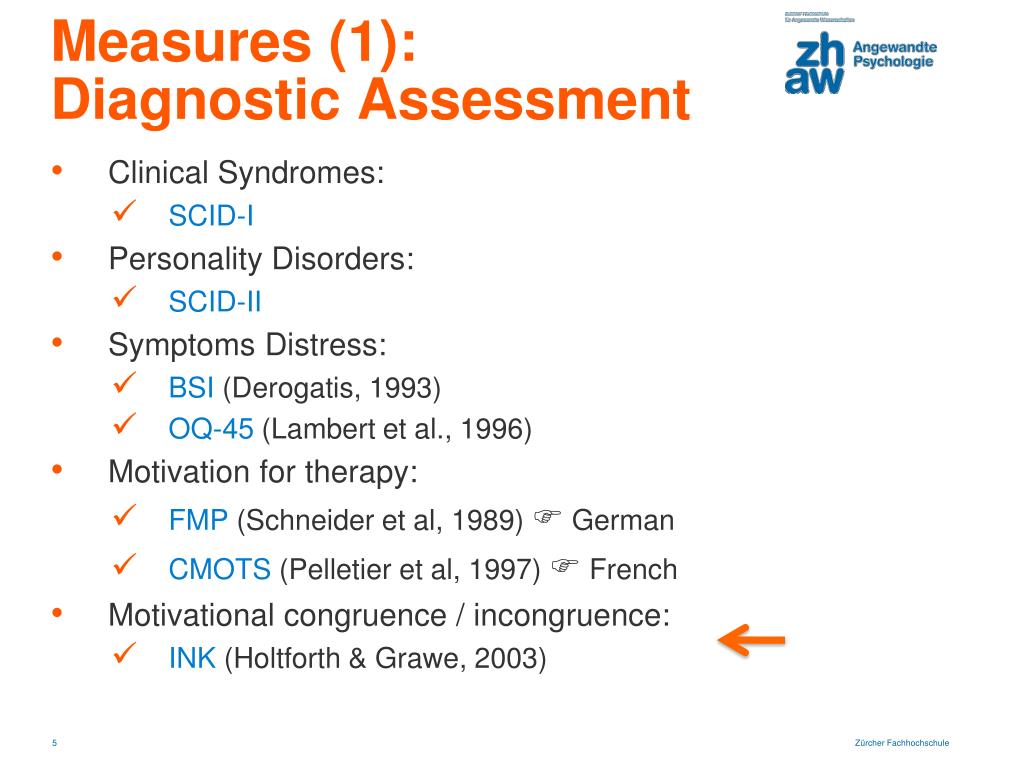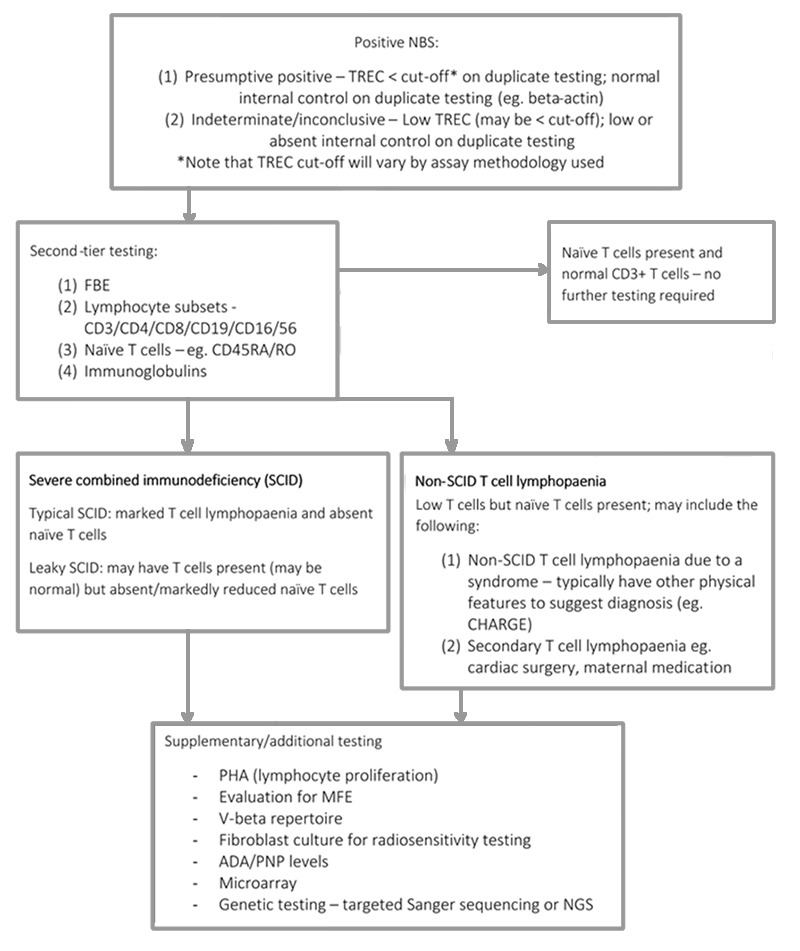
Thus psychotherapy may serve as an effective addition to medication in the treatment of bipolar disorder ( Johnson & Leahy, 2004 Rizvi & Zaretsky, 2007). Depressive episodes within bipolar disorder share common triggers with unipolar depression, such as negative life events, maladaptive cognitive styles, and lack of social support ( Johnson & Kizer, 2002). Manic episodes may be triggered by sleep disturbance ( Leibenluft et al., 1996) or excessive pursuit of goals ( Johnson, 2005). The course of the disorder, however, may be strongly affected by psychosocial variables. Twin studies suggest that heritability accounts for more than 90% of the variability in the development of bipolar disorder ( Kieseppä, Partonen, Haukka, Kaprio, & Lönnqvist, 2004), leading many researchers to focus on medications such as lithium for treatment ( Prien & Potter, 1990). Comorbidity rates with anxiety disorders and substance abuse disorders have been reported as high as 93% and 61%, respectively ( Kessler et al., 1997 Regier et al., 1990), underscoring the need for effective assessments and treatments of bipolar disorder to take comorbid conditions into account. As many as three quarters of those with bipolar I disorder have also experienced an episode of major depression ( Karkowski & Kendler, 1997 Kessler, Rubinow, Holmes, Abelson, & Zhao, 1997). Large epidemiological studies indicate a prevalence of 1% for bipolar I disorder and an additional 3% for bipolar II disorder ( Kessler, Berglund, Demler, Jin, & Walters, 2005). Those with a vulnerability to bipolar disorder may become manic when prescribed antidepressants without an accompanying mood stabilizer ( Ghaemi, Lenox, & Baldessarini, 2001), yielding a diagnosis of substance-induced mood disorder with manic features. Symptoms that are secondary to drugs such as cocaine, or medical conditions such as thyroid problems, will generally yield a diagnosis of substance-induced mood disorder or bipolar disorder not otherwise specified.
#Scid assessment free
In addition, the symptomatic two-year period cannot include any two-month span that is free of mood swings.
#Scid assessment full
By definition, these mood swings must be in both the “up” and the “down” directions, but do not meet full criteria for mania, hypomania, or depression. Cyclothymic disorder is an even milder subtype of bipolar disorder, and is diagnosed based on a period of at least two years of recurrent mood swings. Criteria for hypomania are similar to those of mania, but in milder form: instead of impairment, a hypomanic episode is marked by a distinct change in functioning.

Bipolar II disorder, in contrast, is defined by a history of at least one hypomanic episode and at least one major depressive episode. The duration criterion for mania specifies that symptoms must last one week or require hospitalization.


A diagnosis of bipolar I disorder is made based on a single lifetime episode of mania, which is in turn defined by euphoric or irritable mood, along with at least three additional symptoms (or four if mood is only irritable) that result in marked social or vocational impairment.
#Scid assessment manual
Several types of bipolar disorder are recognized by the Diagnostic and Statistical Manual of Mental Disorders of the American Psychiatric Association ( APA, 2000), differentiated by the severity and duration of manic symptoms.


 0 kommentar(er)
0 kommentar(er)
